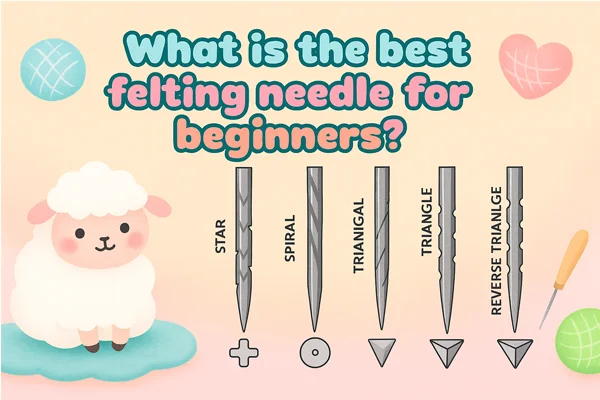
Grade your notes
What is the best felting needle for beginners?
The 38 gauge felting needle is the perfect felting needle for beginners. These needles are sturdy and versatile and can be used for everything from shaping to detailing.
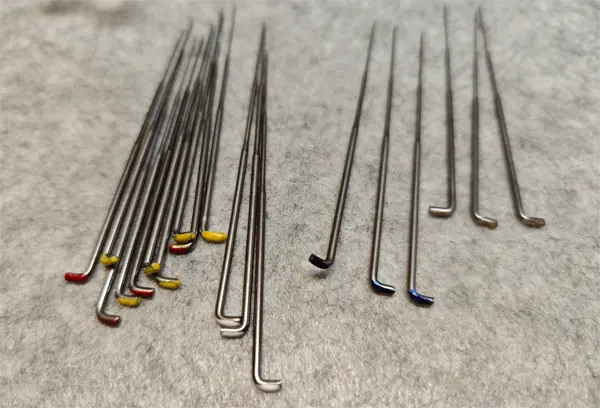
Recommended Beginner Felting Needles
To get needle felting underway quickly and successfully, selecting an economical yet resilient needle is paramount to its success. A 38-gauge star feling needle is widely considered an all-round good needle for beginners as its combination of stability and efficiency make for the ideal initial purchase for most users.
The 38-gauge star needle features four barbed sides designed to efficiently entangle wool fibers for faster and robust sculpting of basic shapes. Furthermore, its moderate fineness reduces breakage risk, providing a gentle learning curve and forgiving learning curve.
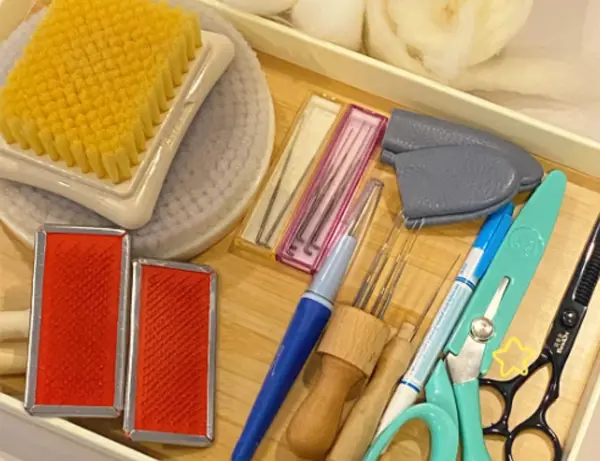
Core Recommended Combination
Beginners may benefit most from choosing this needle combination:
38-gauge star needle: the main tool suitable for most production processes
40-gauge triangle needle: Used for post-production finishing and detail processing.
This combination can meet the requirements of most entry-level projects in terms of both cost-cutting and production efficiency, making this solution both cost-efficient and productive.
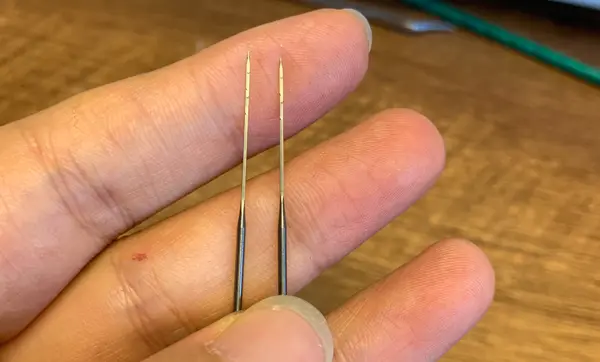
Felting Needle Basics
Needle Specifications
Gauge numbers indicate the fineness of felt needles; typically 36 to 42 gauges are commonly available.:
| Needle No | Features | use | Applicable stage |
|---|---|---|---|
| 36Number | Coarser, faster felting speed | Initial shaping | Early stage of the project |
| 38Number | Medium thickness, all-rounder | Fully available | The whole production process |
| 40Number | Thinner, small pinhole | Refining details | Late stage of the project |
| 42Number | Extremely fine, pinhole is very small | Surface treatment | Final finishing |
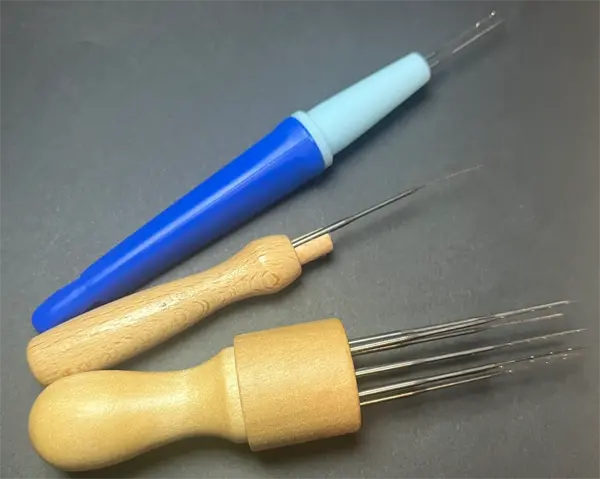
Which needle is best for beginners in felting?
For beginners, functionality and practicality should be prioritized. The 38-gauge Star Needle is a good all-around choice that meets most learning needs. Once you have mastered the basics, you can choose a specialty needle based on your preferences and project requirements.
Tips for Beginners
Correct use
Here are 4 things to keep in mind when using felting needles:
- Keep the needle poking vertically downward, avoiding angled pressure
- Use short, firm strokes
- Keep turning the piece during the process to ensure even felting.
- Maintain proper felting force to avoid breaking the needle with excessive force.
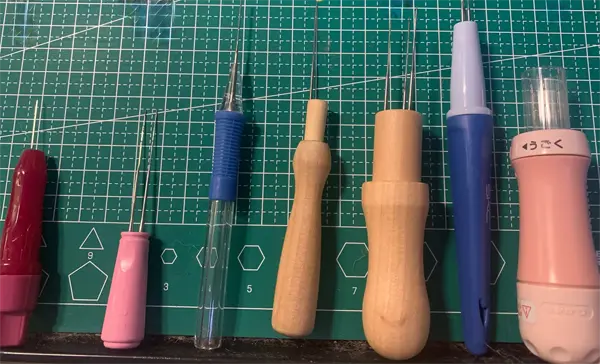
Needle Maintenance
The following maintenance measures are recommended to prolong needle life::
- If not in use for an extended period of time, apply a small amount of cooking oil to prevent rusting.
- Clean the needle’s surface before use.
- When not in use, lay it flat on a table and avoid placing it on a work mat.
- Replace worn needles promptly and consider changing the needles when the felting speed slows down significantly.
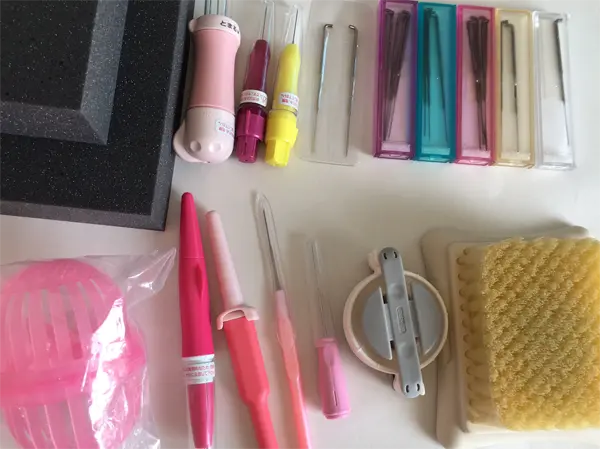
Buying Advice
Brand Selection
Common felting needles on the market are categorized into local needles, Japanese needles and European and American needles according to their origin:
- Local needles are economical and suitable for beginners.
- Japanese needles are of stable quality. The Hamanaka and Clover brands are the most well-known.
- Imported needles are higher quality but relatively expensive.
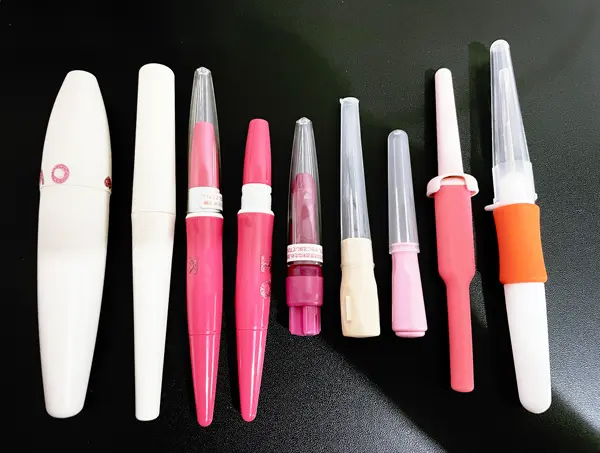
summarize
For the novice felter, the 38 gauge needle is an excellent choice for getting started, ideal for both rough and fine work, and the best value for money. When used in conjunction with a No. 40 triangular needle, it can be used for most beginner projects. As your skills improve, you can expand your arsenal of felting needles to suit your personal preferences and professional needs.
Needle felting for FAQS:
Tag
Needle Felting Kits
needle felted cat
$12.00needle felted duck
$12.00needle felted bear
$12.00needle felted dog
$12.00
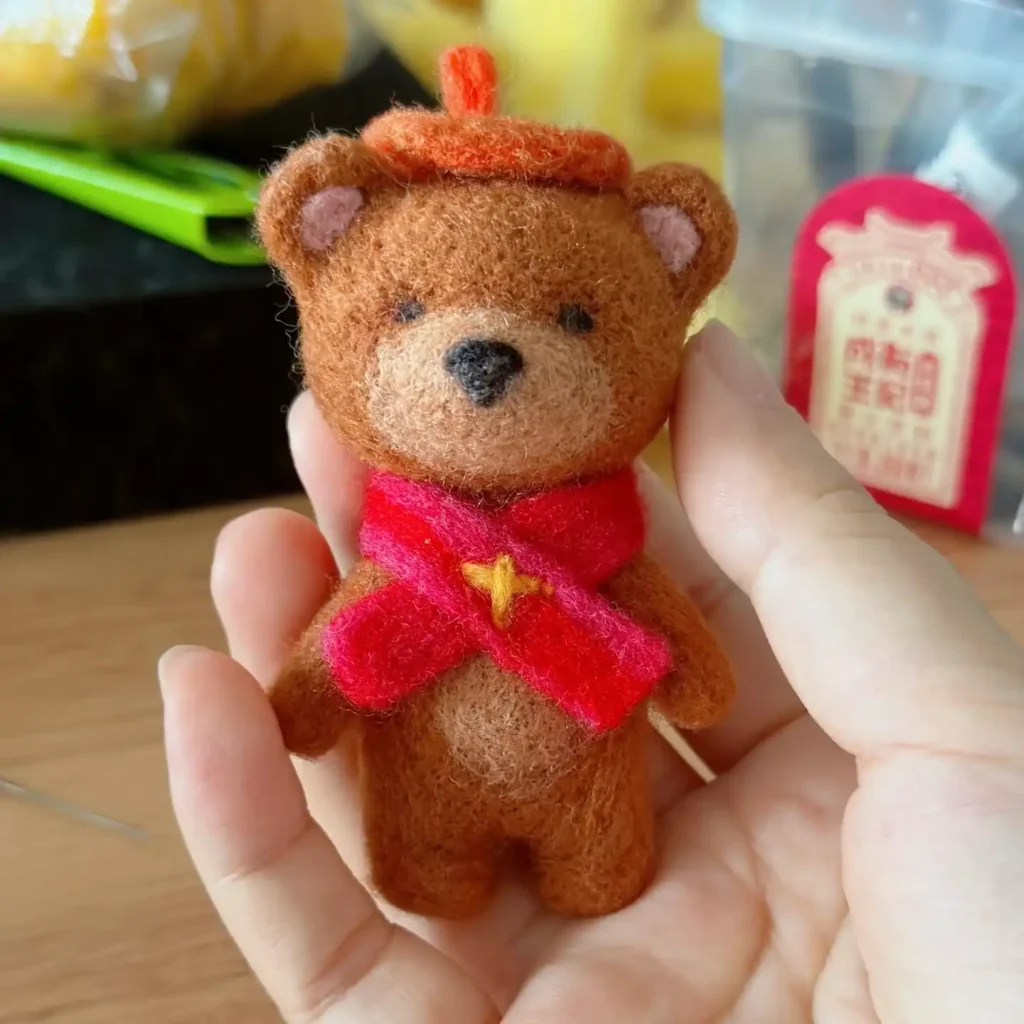
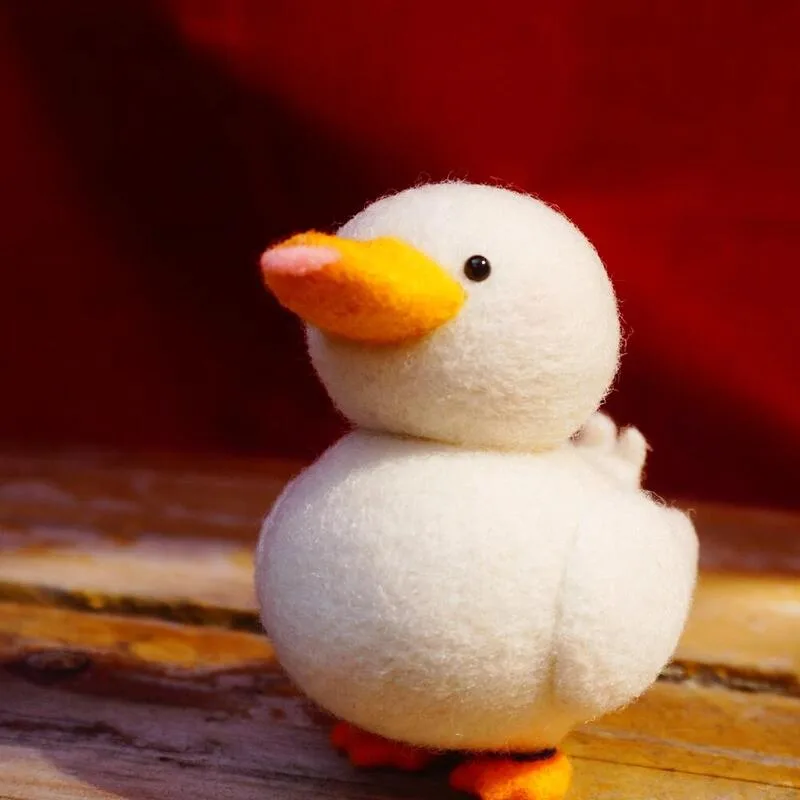
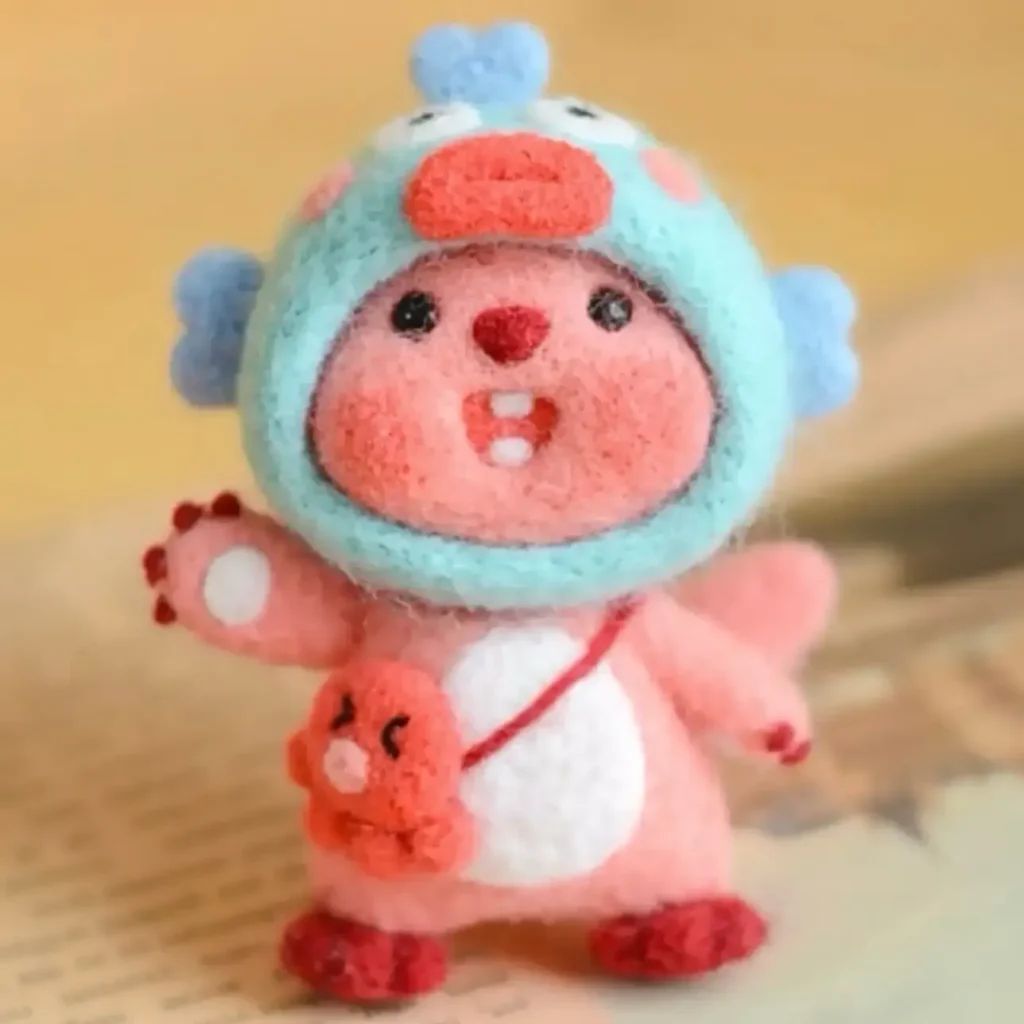
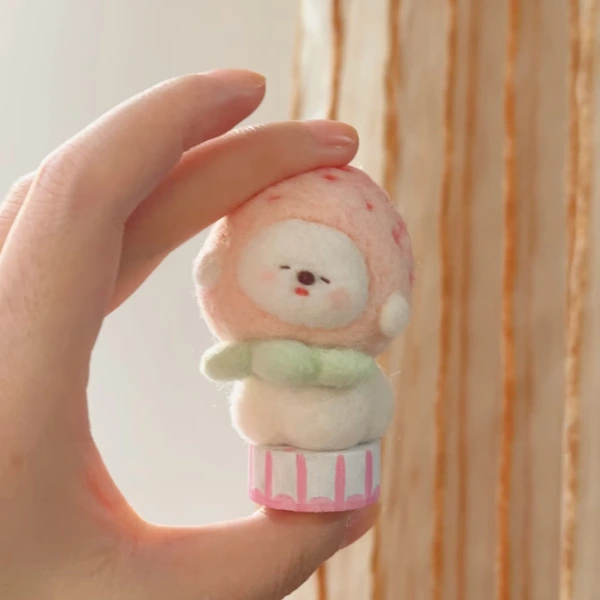
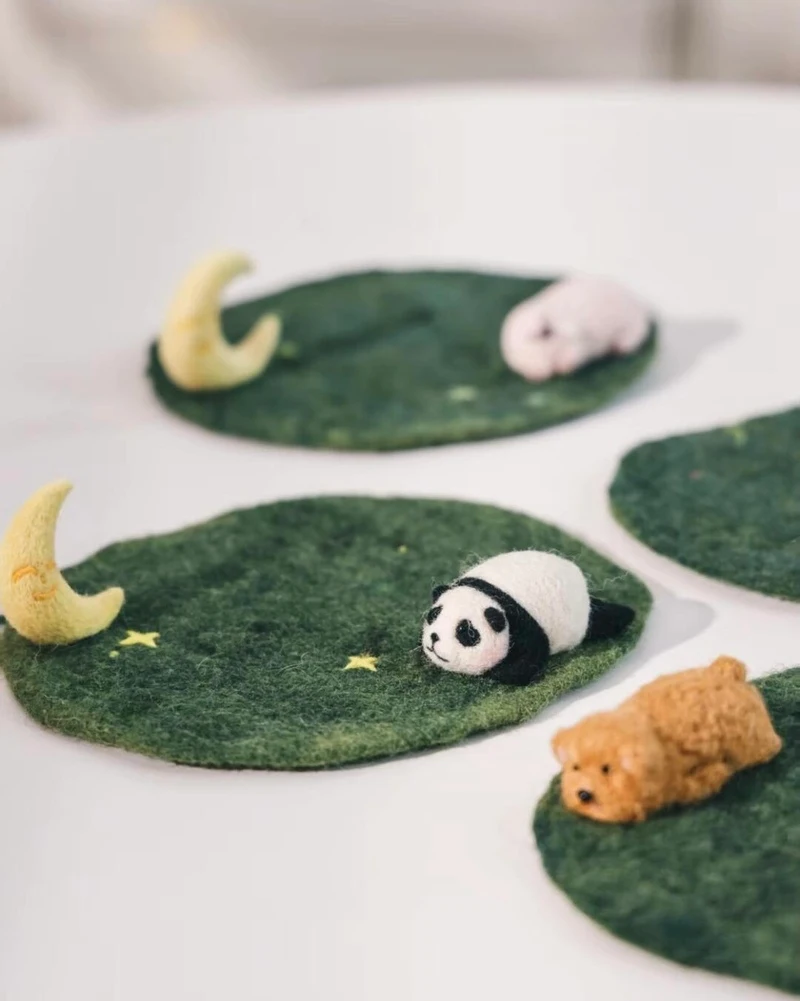
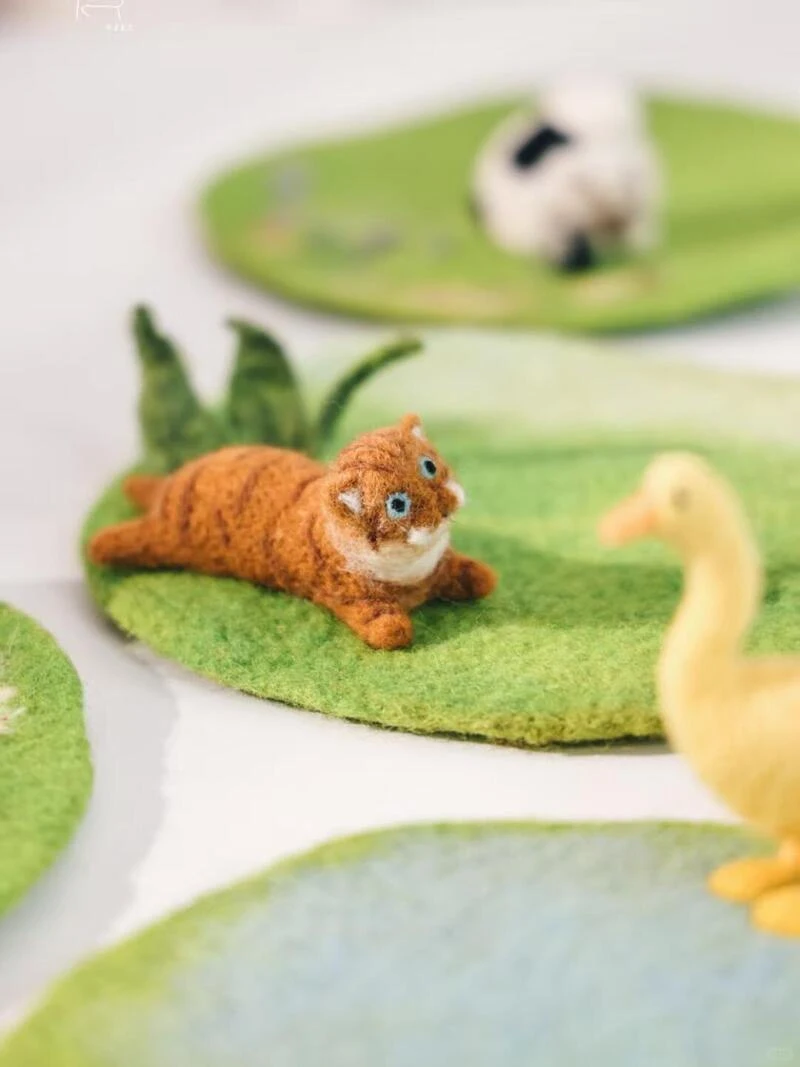
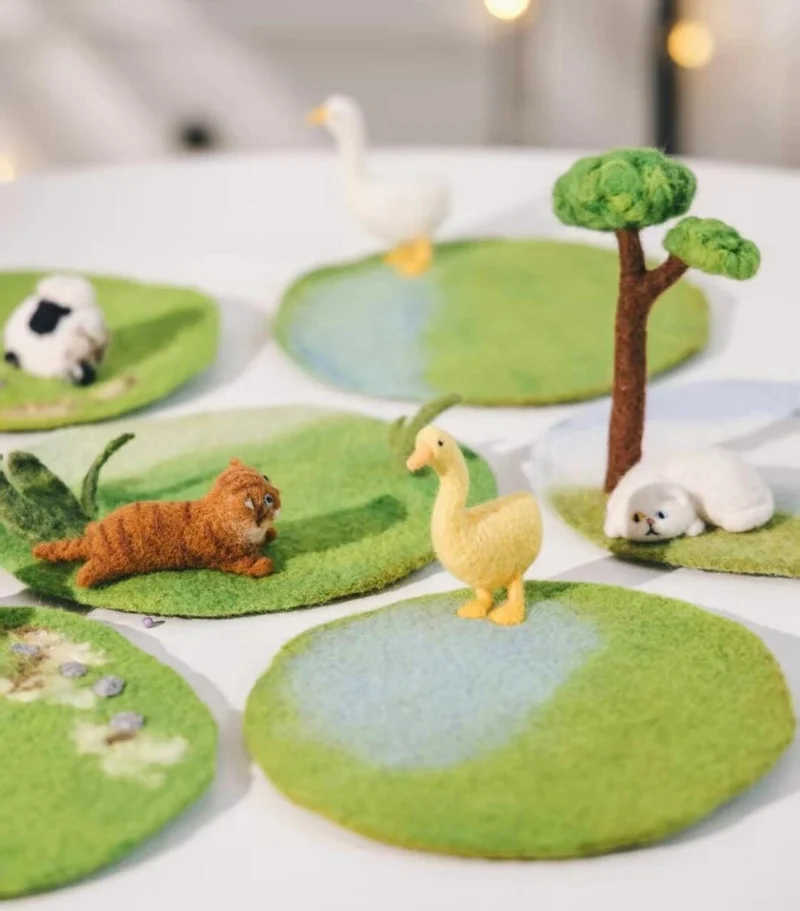
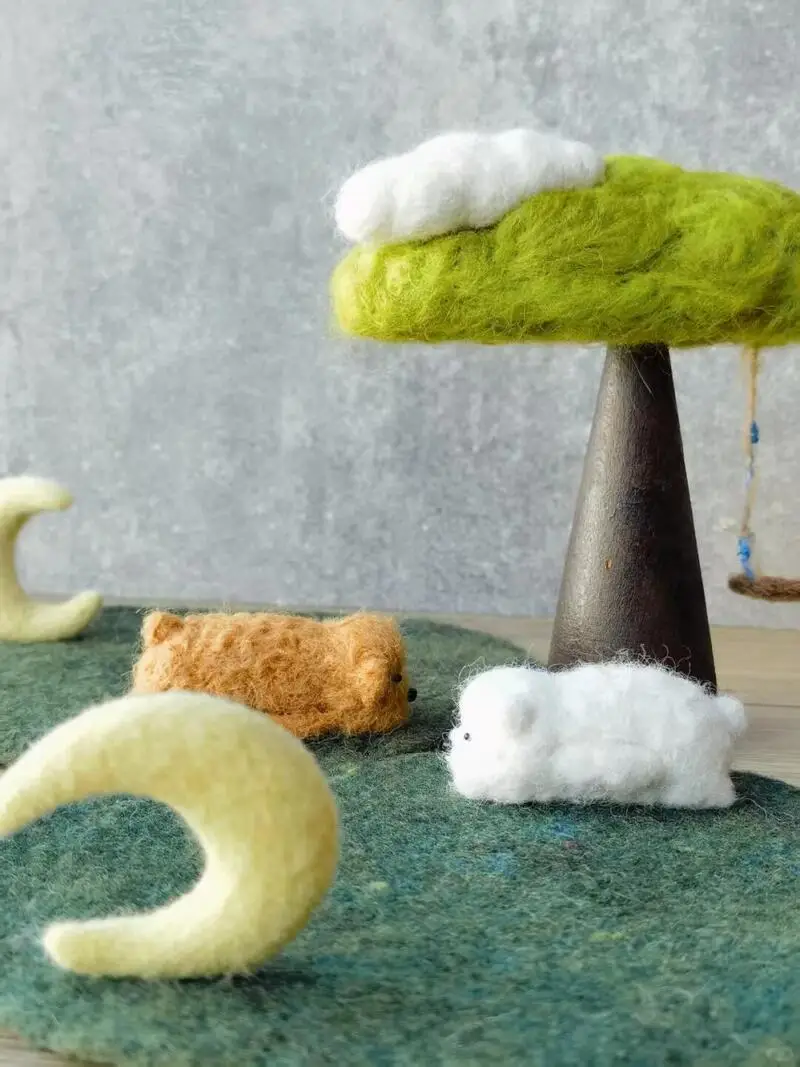
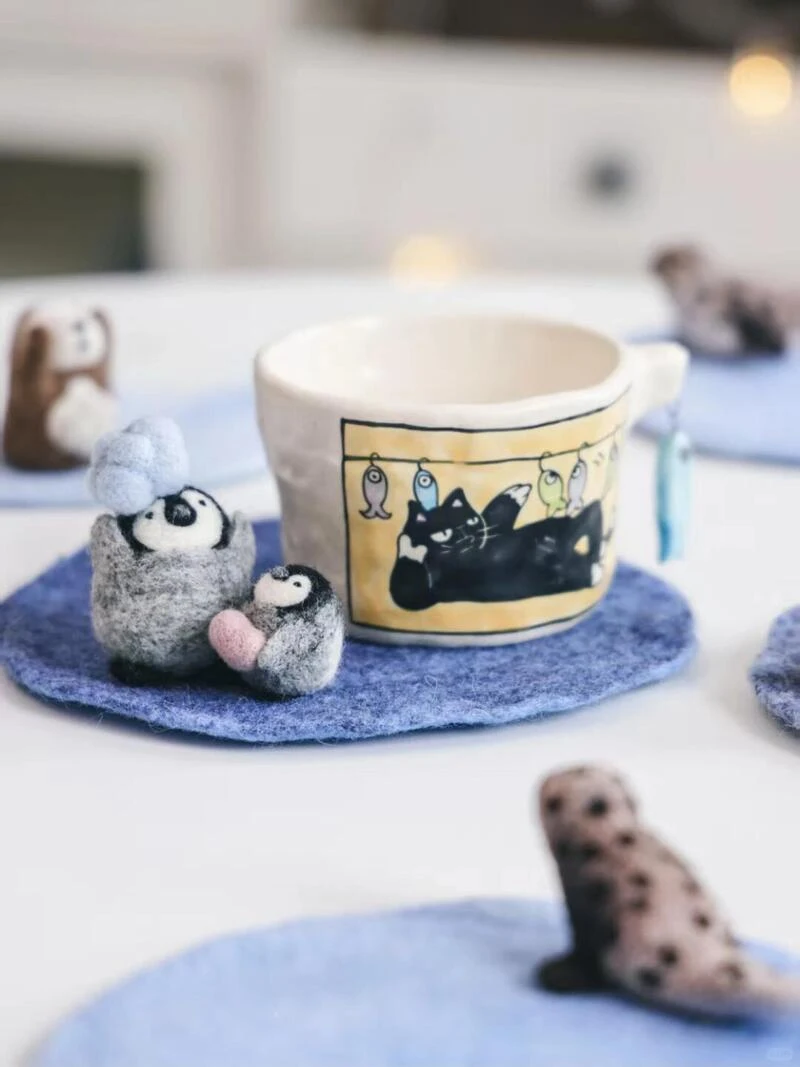
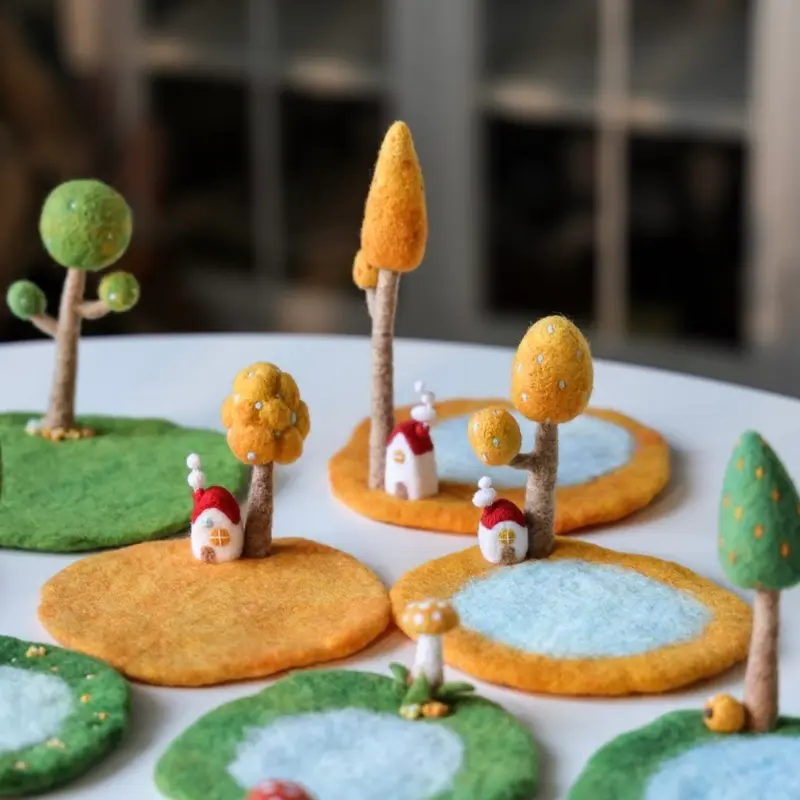
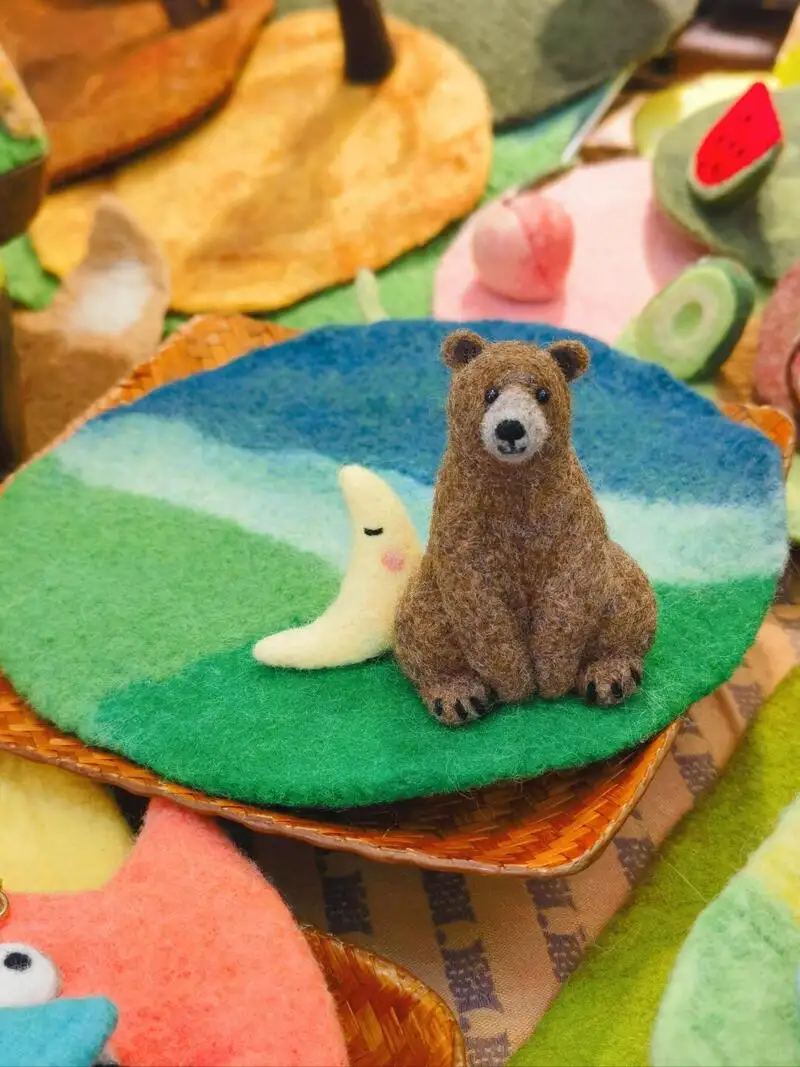
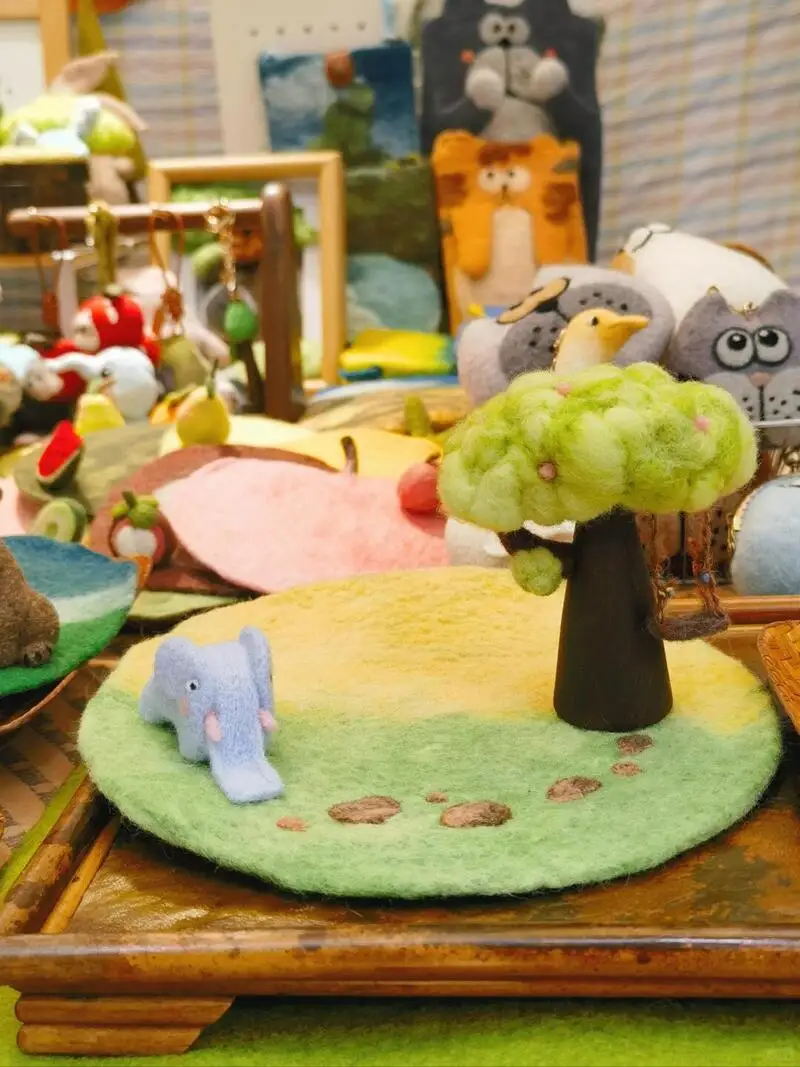
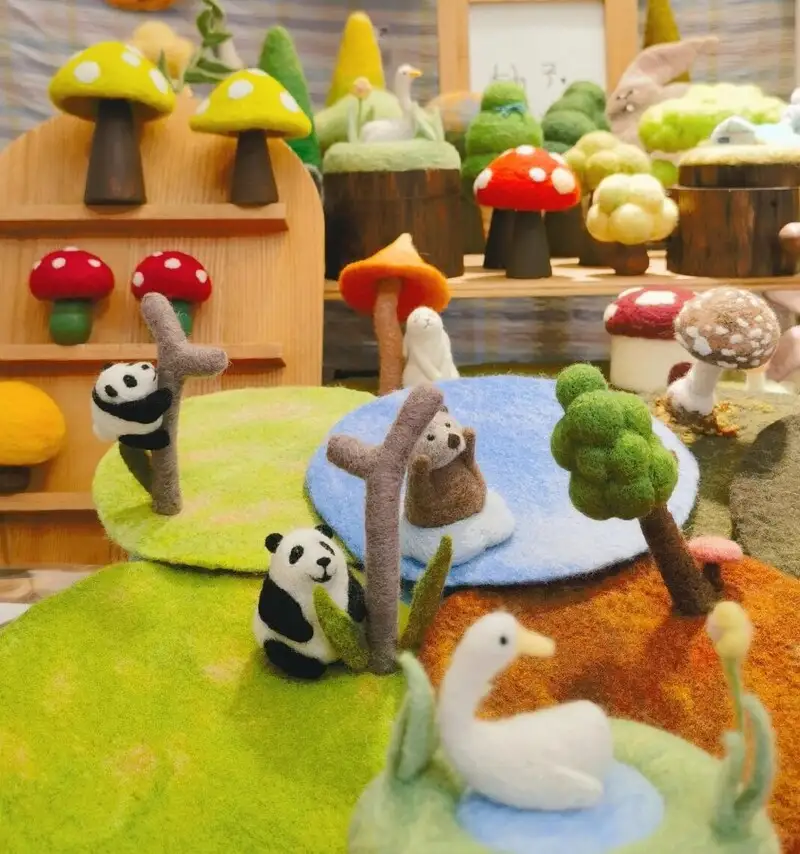
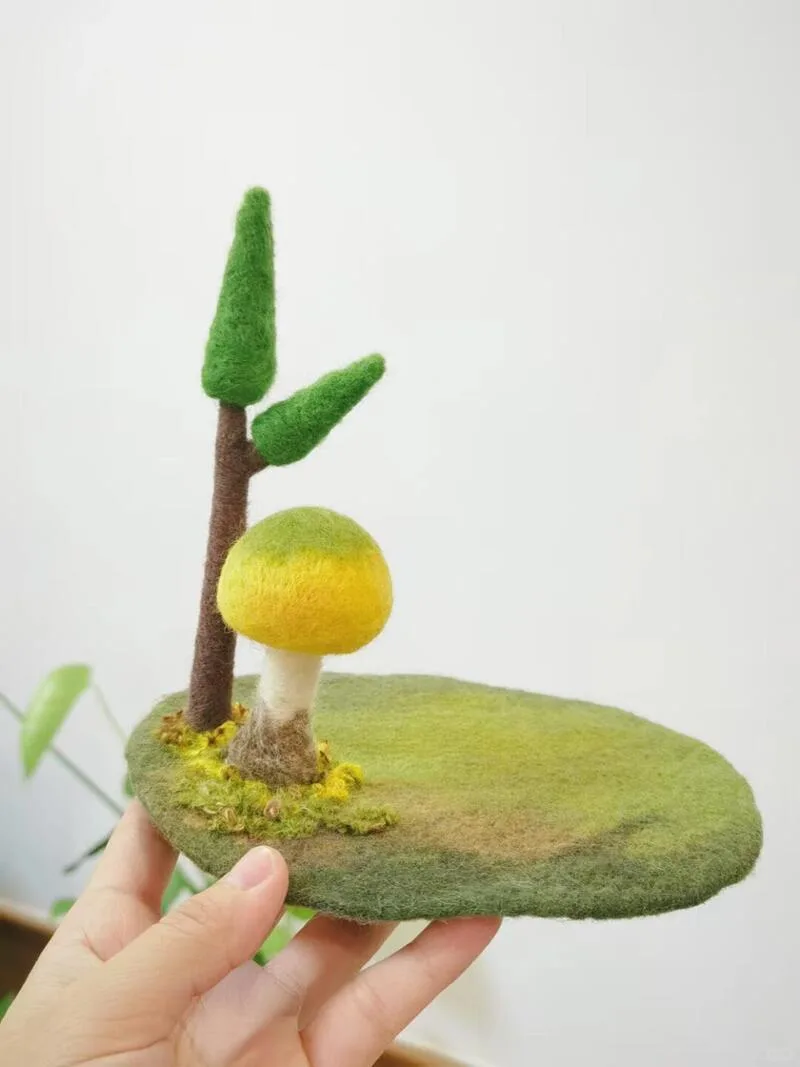
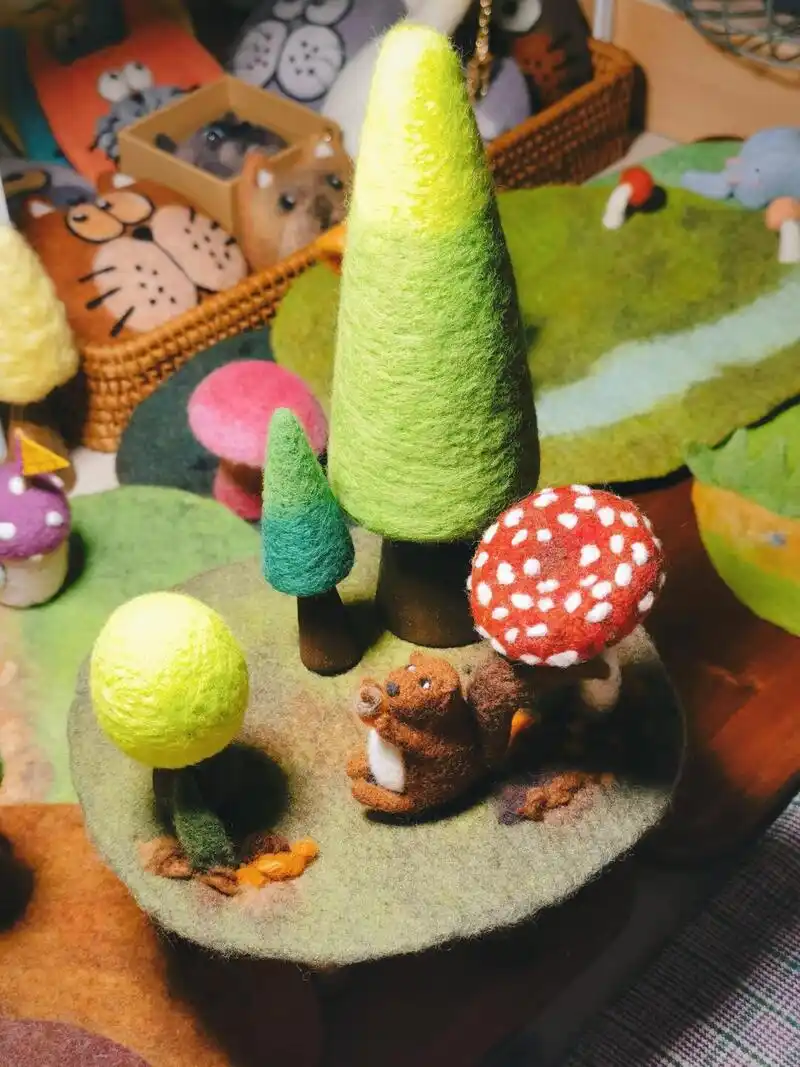
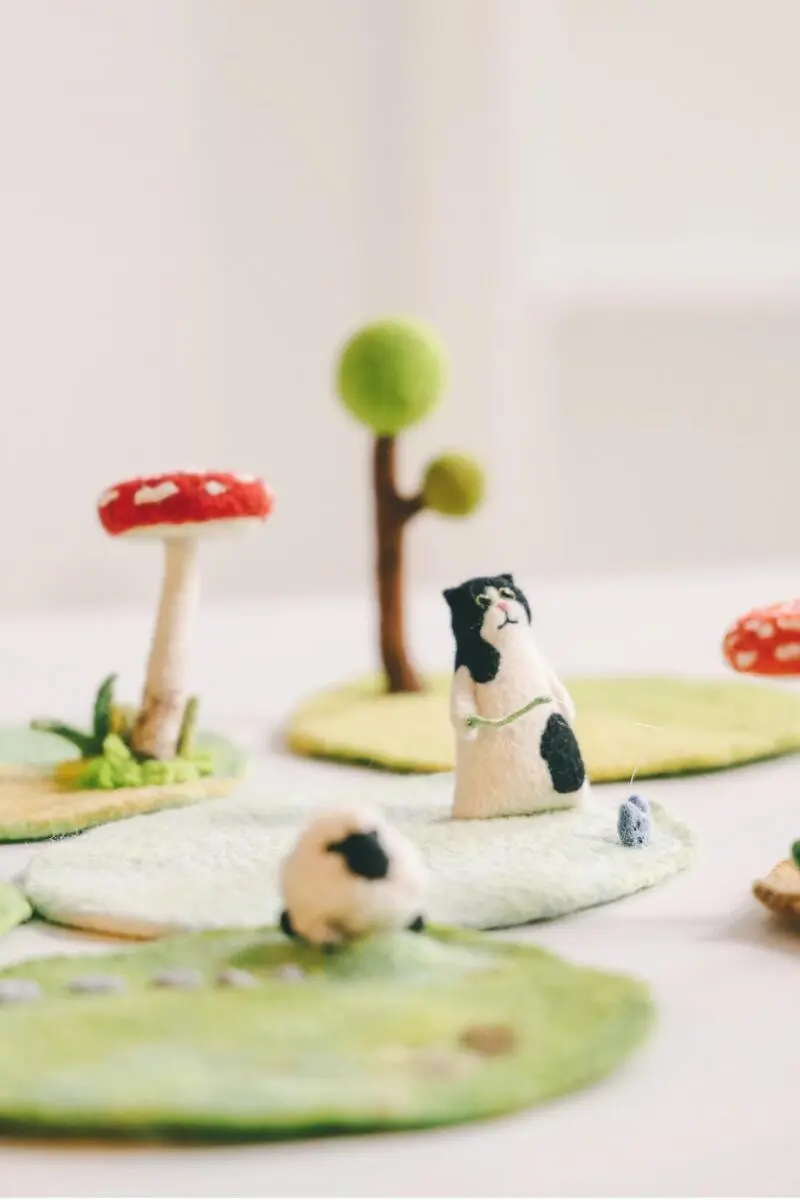
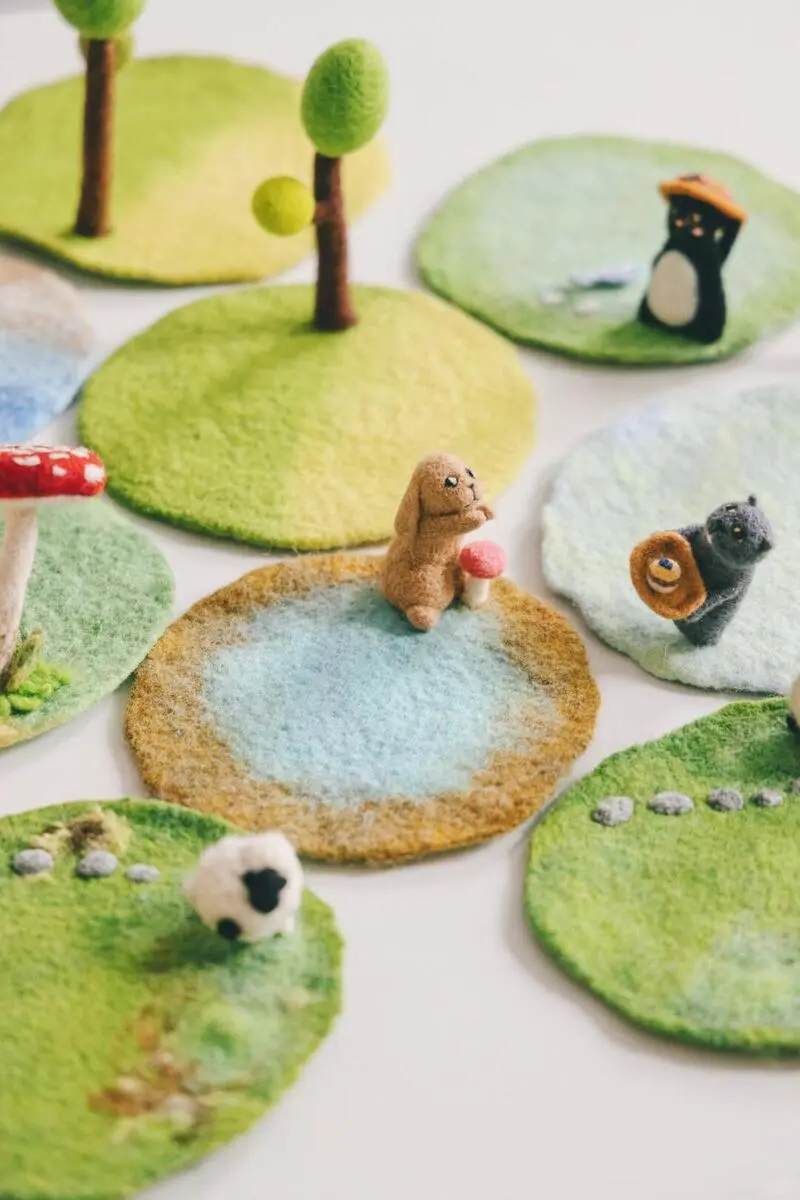
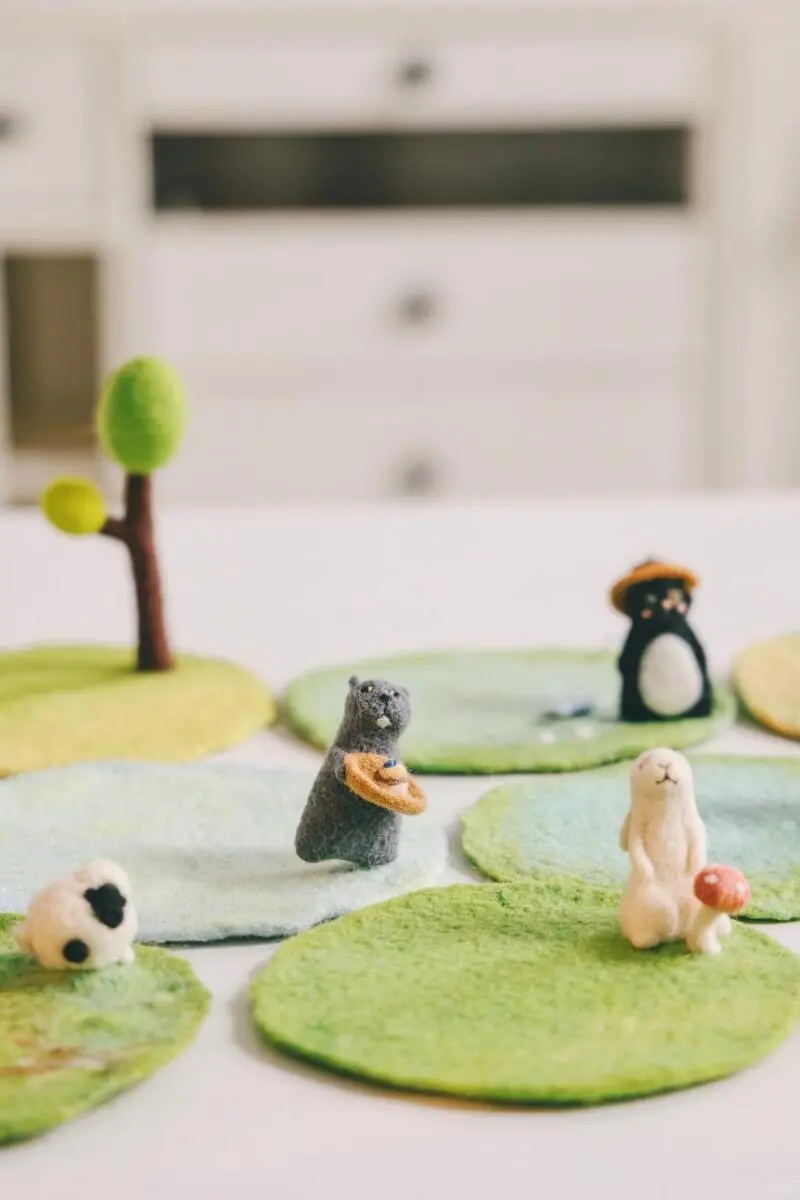
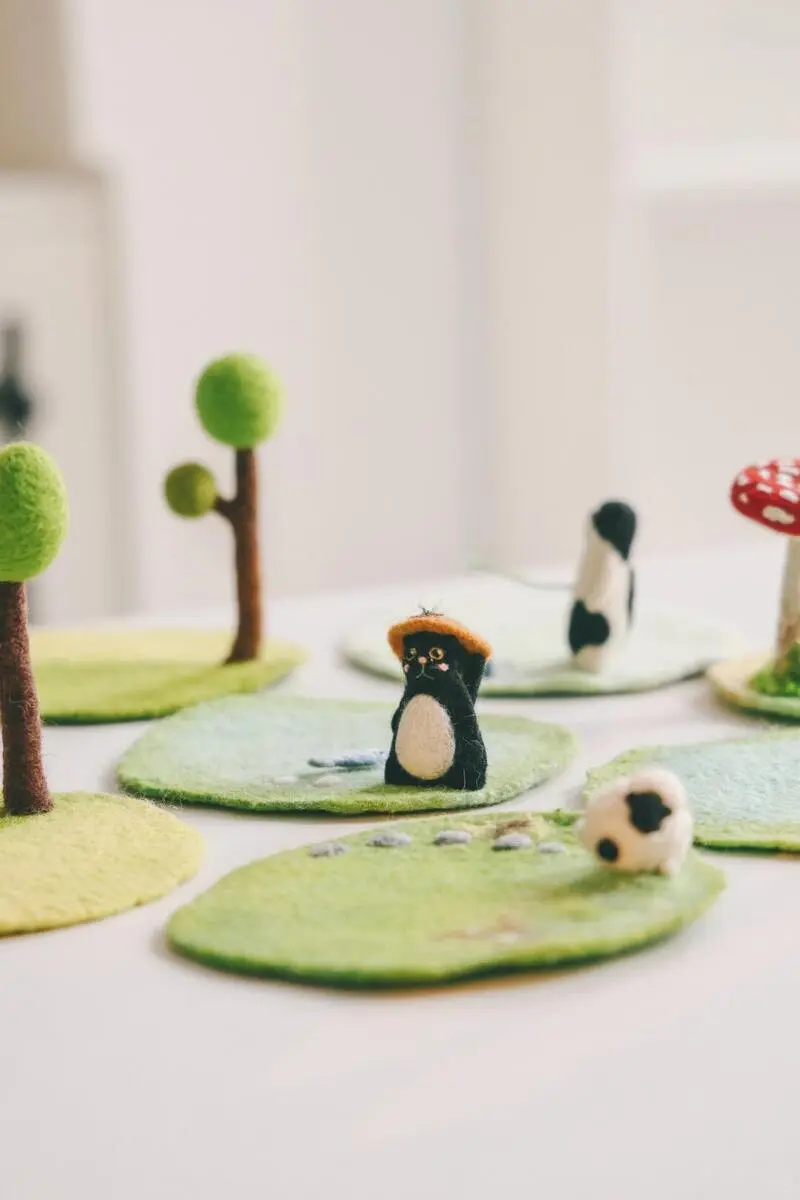
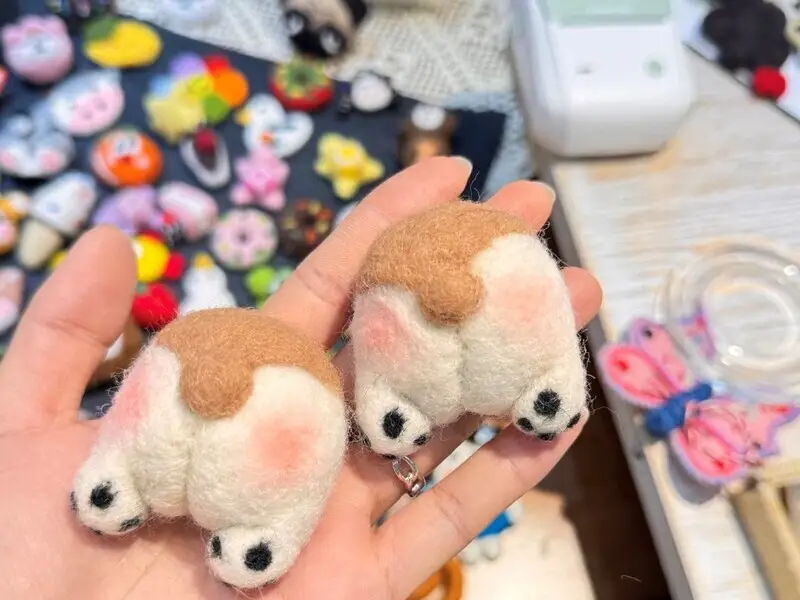
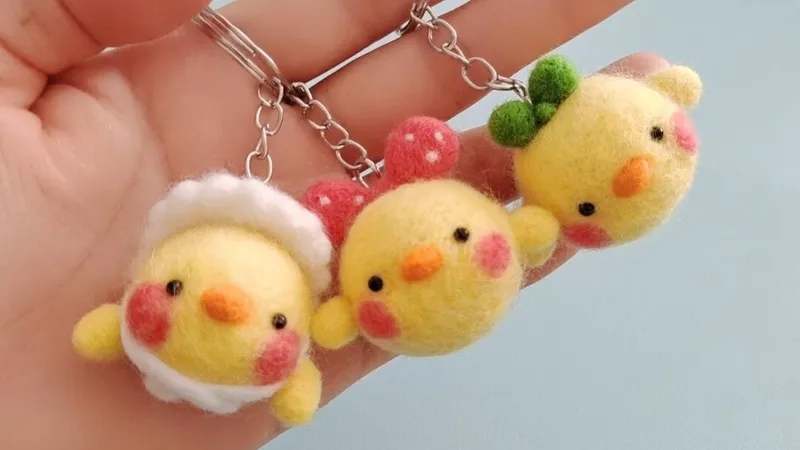
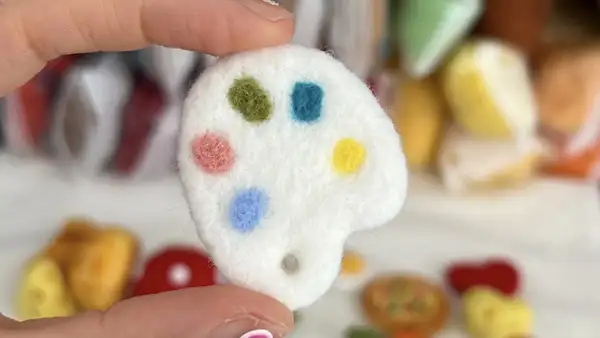
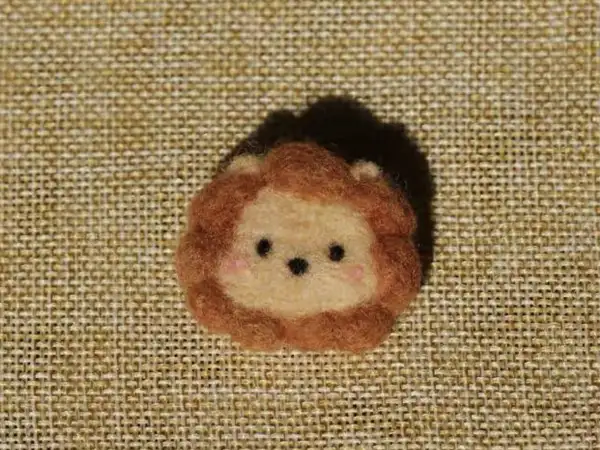
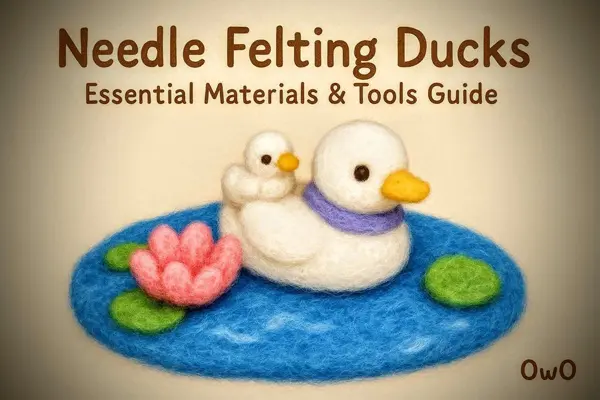

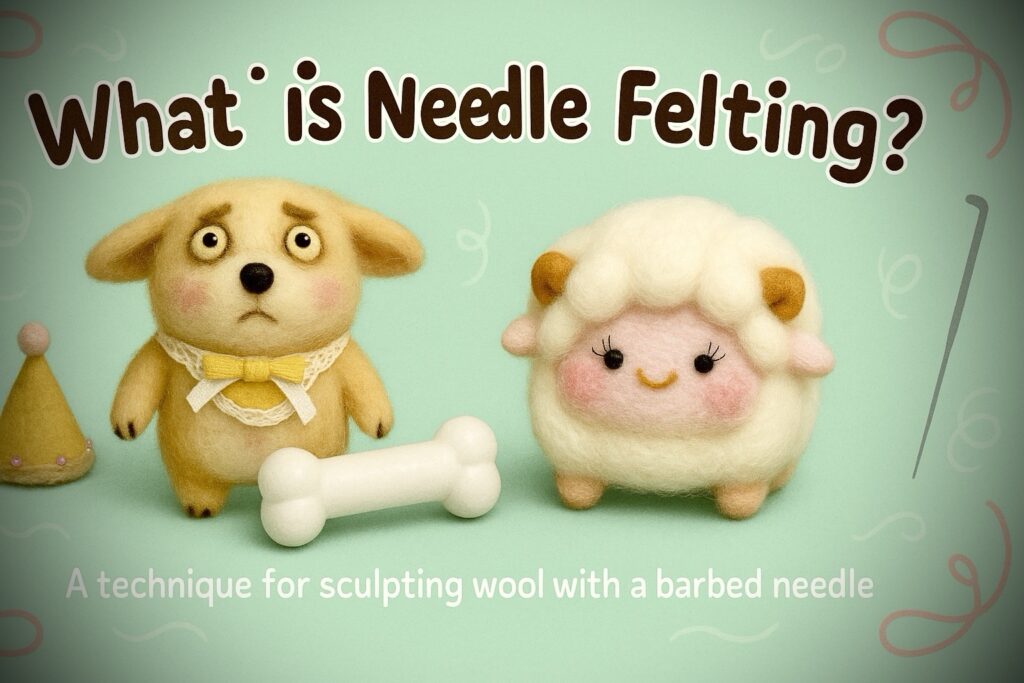
1 comment